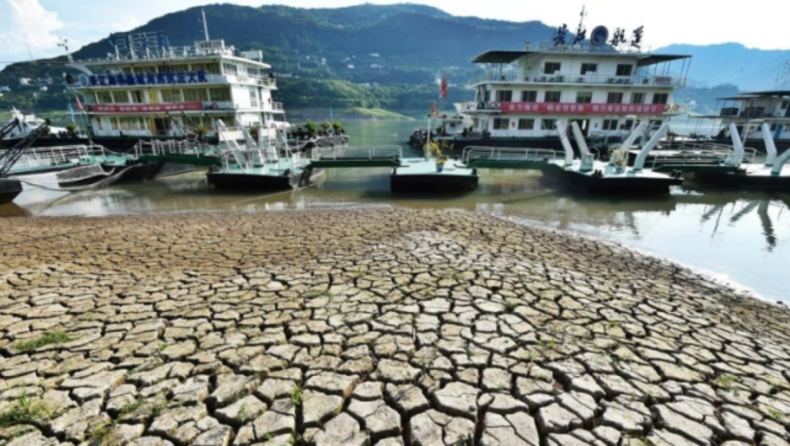The Chinese media said that the drought was the worst since 1961. It has mainly damaged huge stretches of the Hubei, Sichuan, Jiangxi…
State media reported on Sunday that officials in southwest China’s Sichuan region increased industrial power cuts to the following week because the drought warning was extended to a central Chinese region in a hot summer that is the nation’s parched in six decades, state media reported on Sunday.
China’s Hubei is the most recent region to declare a level four emergency drought alert, caused by sustained high summer and low rainfall in almost 84 nations, the official Xinhua news agency reported. The recent announcement affects the Central Chinese region’s population of almost 5.7 million individuals.
Furthermore, a total of 218,100 individuals had issues obtaining drinking water, whereas 690,470 hectares of crops had been affected because of the drought, the Xinhua report stated.
Meanwhile, the Sichuan region and the Chongqing municipality in southwest China chose to extend the industrial power cuts till August 24 to sustain the crisis and ensure supplies to houses.
Firms Affected by Drought
“The power cuts will affect some important firms’ activities in the district, such as Toyota Motor Corp and China’s CATL, the world’s largest battery maker, which postponed work at its plants in Sichuan,” the state-run tabloid, Global Times, reported.
Other territories, including photovoltaic, electronics, and chips, which need Sichuan and Chongqing as vital bases, are also affected, even though several told the Global Times that the overall effect is limited.
The Chinese media said that the drought was the worst since 1961. It has mainly damaged huge stretches of the Hubei, Sichuan, Jiangxi, Anhui, and Hunan regions, besides Chongqing. Low rainfall and high temperatures have affected the water flow of China’s longest river, the Yangtze, which flows through these regions.
“Amid July, several areas of the Yangtze River basin have suffered high temperatures, and there has been 45 percent less rainfall than the average over recent years,” the Chinese water resources ministry said.
In August, reservoirs restored 5.3 billion cubic metres of water in the middle and lower reaches of the Yangtze River to decrease the effect of drought. Still, with reservoirs parching up in the heat, the attempts to restore the river’s water have been affected.
“In Jiangxi, Lake Poyang, the nation’s largest freshwater lake, has lost three-quarters of its surface because of a lack of rainfall. It now covers only 737 square kilometres, compared to 850 in 2021,” Xinhua said in a report.













